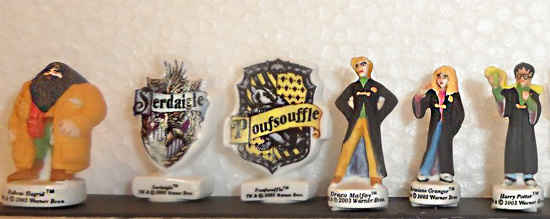The 6th of January is a special day in France, it is the 12th day of Christmas, the date of the Epiphany and most importantly the day when all over France the cake known as Galette des Rois is traditionally served.
Tradition of the Galette des Rois in France
This flaky cake known as the King’s Tart is a piece of French gastronomic history. It goes back as far as the 14th century. Even Louis XIV, the Sun King was said to enjoy it. For a short while during the turmoil of the French Revolution it was called the “Gâteau de l’egalité”, as any reference to royalty was frowned upon. To this day the President of France is not allowed to have a charm in his galette. However he does have cake. The presidential chef makes a charm-less cake up to 1.2 metres wide.
The traditional cake is made of a seriously buttery puff pastry and filled with almond paste. In the south it has more of a brioche texture and is decorated with candied fruit. Patisseries and boulangeries compete to create the most magnificent of cakes. Supermarket shelves will be heaving with boxed Galette des Rois from the end of December.
History
The Galette des Rois is a reminder of the Three Kings in the bible story. Melchior, Balthasar and Caspar who took a journey to Bethlehem to see the baby Jesus. In France, a little figurine called a ‘fève’ is hidden in the galette des rois cake. In olden days it would traditionally be a religious figurine, but these days it could be anything from Lady Gaga to Harry Potter and even tiny designer handbags!
Tradition says that whoever has a slice of the cake with the ‘fève’ in is the King or Queen for a day. They get to wear a golden crown which comes with the cake when you buy it. In some homes the cake is cut beforehand into slices according to how many people are present. In times gone by, families might cut an extra slice called “la part du Bon Dieu” (God’s piece) or “la part de la Vierge” (the Virgin Mary’s piece). The extra slice was given to the poor. Often, the youngest person at the meal sits under the table and calls out the names of those seated and slices of cake are served accordingly. That way whoever gets the ‘fève’ is completely randomly chosen!
When the cake is served tension mounts. Everyone chews their slice with an element of care. It wouldn’t do to swallow the ‘fève’!
Recipe for Galette des Rois
The Thirteen Christmas desserts of Provence
The oldest patisserie in Paris – Stohrer
History of the Buche de Noel, Christmas Yule Log cake











